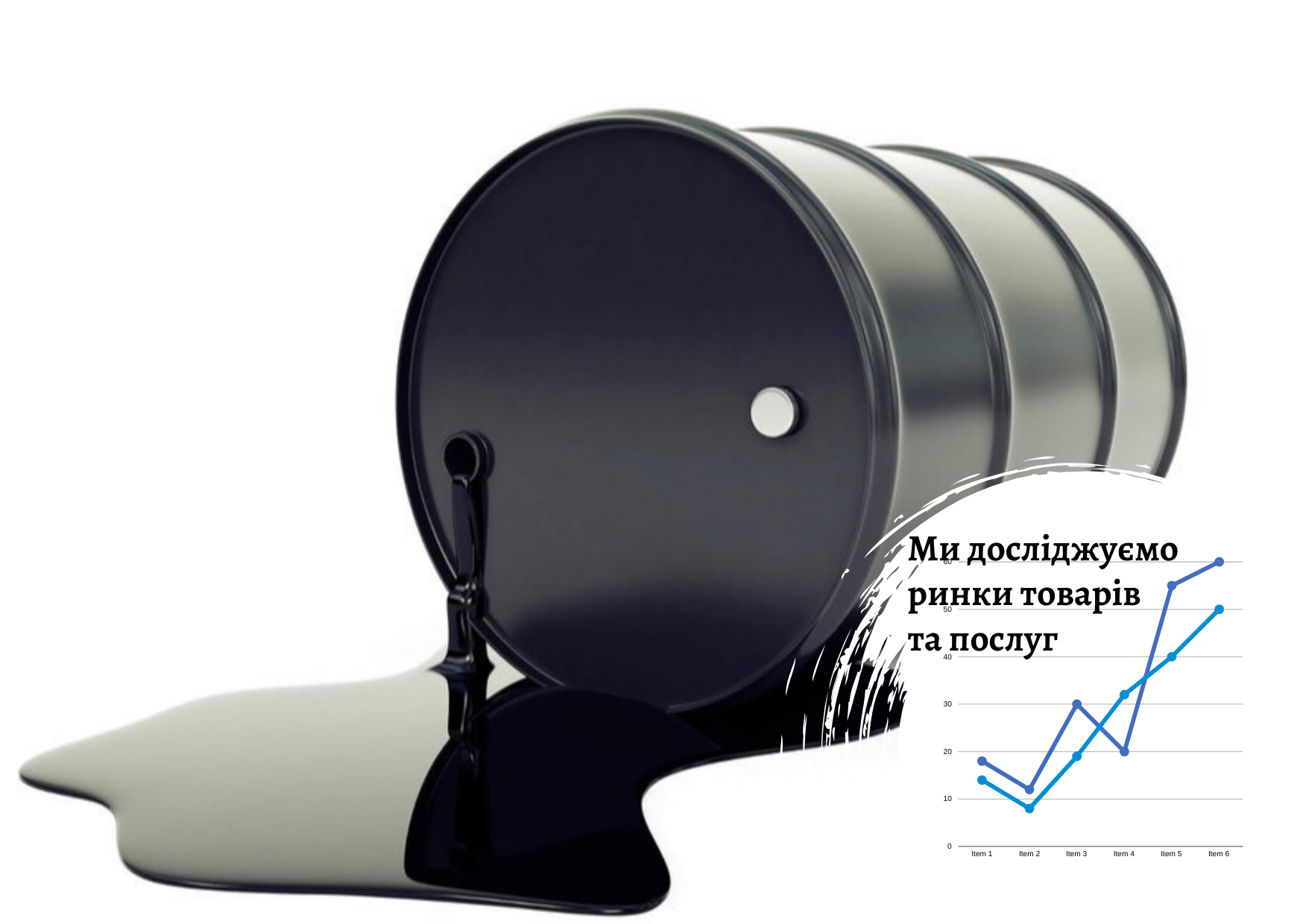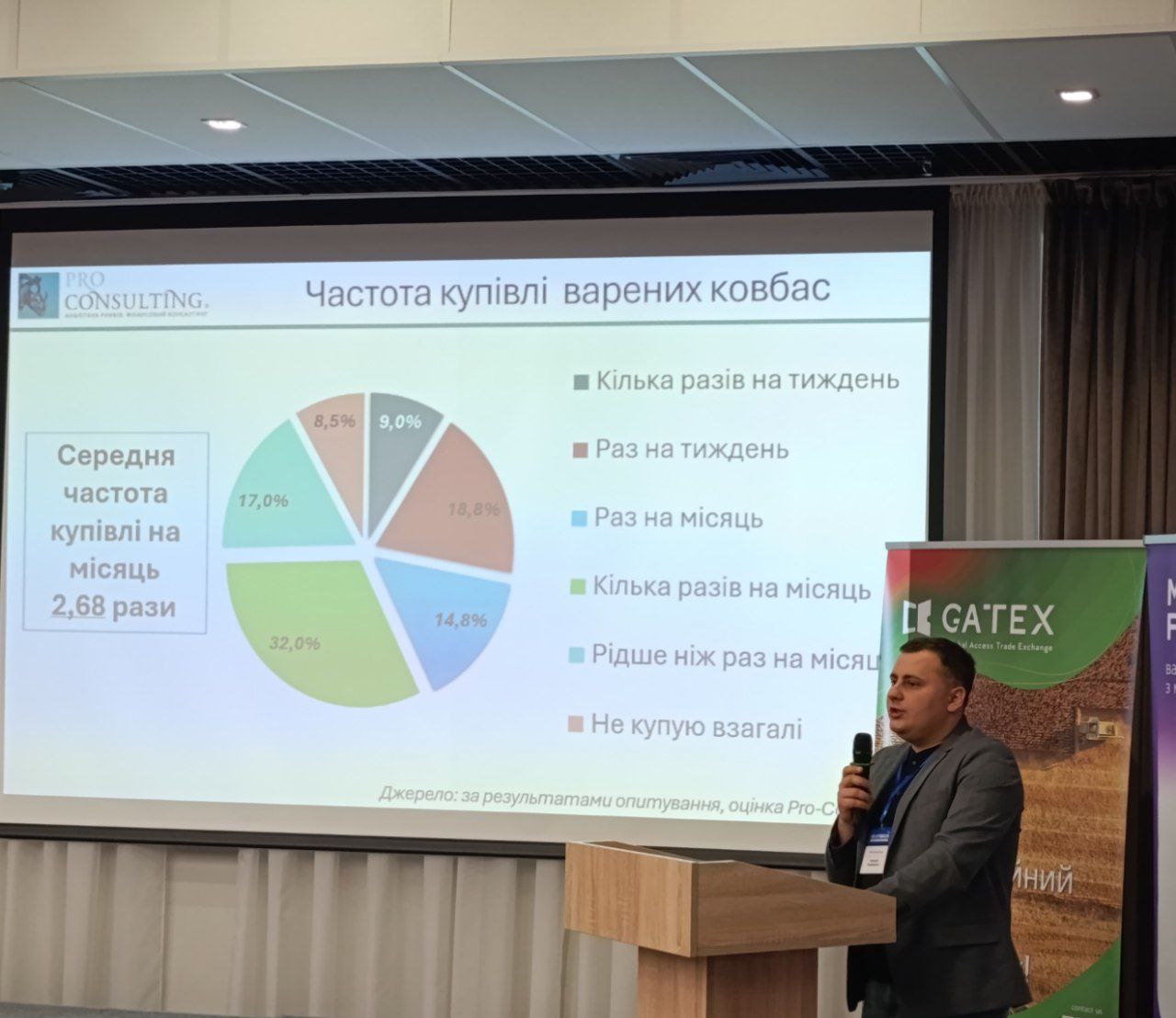A taste of America: Some US fast food chains brave it into Ukraine - comments by Alexander Sokolov, Head of the Analytical department at Pro-Consulting. KyivPost

The first to follow was Michigan-based Domino’s Pizza in October 2010, which has grown to 15 locations. Next, in December 2012 Kentucky’s KFC cut the ribbon. And Texas Chicken and Cinnabon, both headquartered in Atlanta, opened their doors in May.
Not far behind is Subway, the world’s largest sandwich maker, which is slated to open its first Ukrainian unit by the end of this year.
The arrival of these food chains, combined with the new large-scale projects of U.S.-based energy giants, could bring a new wave of American investment to Ukraine. Representing the world’s largest economy, U.S. investments into Ukraine totaled a mere $902 million by the end of 2010, the latest figure available from the U.S. Embassy.
Experts and market players say Ukraine is being targeted for expansion in spite of its unfavorable investment climate. They say American quick service chains are hungry for new markets because they are reaching saturation points in neighboring countries.
"The (economic) climate I don’t think has changed. If anything is better I think more people and more Western brands are here, which is better for us," - John Owen, Subway Russia Service Company president said in a telephone interview.
“I think the market is exciting; it’s a fantastic opportunity for us,” he says.
Ukraine’s restaurant industry is growing annually by 15-20 percent, according to market researcher Pro-Consulting. The market value was about $3 billion in 2012.
Oleksandr Sokolov, head of the analytical department at Pro-Consulting, says that fast food accounts for a quarter of that market, or about $750 million.
Sokolov believes that consumption of fast food grew in Ukraine as the nation crawled out of the economic downturn of 2008-2009. He believed that in Kyiv the demand is only met by 50 to 60 percent, while in other regions the figure is even lower – about 30 percent.
Andriy Lukyanenko, senior director of business development at McDonald’s Ukraine, says that the nation’s fast food market has the potential to grow 100 percent in just five years.
“So it’s not strange that the new players come here,” he said.
For years, fast food chains shunned the Ukrainian market, focusing rather on Poland and Russia with the exception of McDonald’s, which came to Ukraine in 1997. Ukraine’s smaller neighbors, Romania and Hungary, with populations just a fraction of Ukraine’s 45 million, experienced a more impressive presence of fast food brands.
“The companies were assessing the transparency of the business and economic climate in the country, and Ukraine was seriously losing in comparison to its neighbors, and so it wasn’t seen as attractive,” Sokolov said. “But things have changed after the other markets got saturated.”
Jorge Zukoski, President of the American Chamber of Commerce in Ukraine, says that due to issues like weak rule of law and contract sanctity, successful franchising projects have been few and far between.
McDonald’s engaged the Ukrainian market directly with company-owned units, while most other food brands operate as franchises, said Andriy Kryvonos, head of the Ukrainian Franchising Association.
McDonald’s is an impressive case study for newcomers, though. Seven out of its 75 Ukrainian restaurants placed in the top 100 in the world by number of visitors in 2012. The unit located near the Kyiv train station was the second most visited McDonald’s in the world.
Lukyanenko said that that five new McDonald’s restaurants and three new McCafes will open in 2013. However, he does not think that there will be many new competitors arriving “over a new wave of economic crisis and the economic situation inside Ukraine.”
Industry experts say that the other reason for the trickling pace of new arrivals is the time needed to find a partner who could meet the demands of the brand and be ready to pay from $700,000 to $1 million for the franchise.
“We’re not talking about the kiosk business on the street, but about a systematic approach. It requires much more time,” said Kryvonos of the Ukrainian Franchising Association. He forecasts an increase in the number of negotiations in the short term, but not necessarily new restaurants and brands – despite the fact that they are anticipated by Ukrainians.
A January poll by GFK-Ukraine in big cities showed that 50 percent of people want Pizza Hut here, almost 40 percent want to sip Starbucks Coffee and about 39 percent long for Burger King.
But Zukoski says they will have to do without – at least for now.
“Even though Ukraine is a large market with a growing consumer base and changing consumption patterns in relation to quick service restaurants, we will not see a rapid increase in market presence until international franchisers will feel comfortable that they can protect their global brand integrity in Ukraine.”
Source: KyivPost









